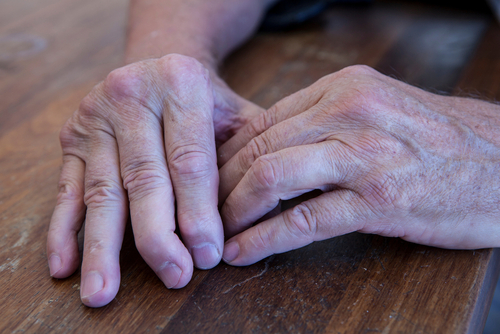Spinal Muscular Atrophy Life Expectancy: What to Know About SMA
Category:

Spinal Muscular Atrophy is a genetic disorder that affects the central nervous system. The Muscular Dystrophy Association provides a clear and concise definition:
Most of the nerve cells that control muscles are located in the spinal cord, which accounts for the word spinal in the name of the disease. SMA is muscular because its primary effect is on muscles, which don’t receive signals from these nerve cells. Atrophy is the medical term for getting smaller, which is what generally happens to muscles when they’re not stimulated by nerve cells.
Spinal Muscular Atrophy life expectancy varies greatly depending on the type a person is affected with. There are four main types of SMA.
Spinal Muscular Atrophy Type 1 Life Expectancy
SMA Type 1 is also called Werdnig-Hoffman Disease or infantile-onset SMA. It is usually evident before 6 months of age, and the worst cases are typically noticeable in utero. Symptoms include reduced muscle tone, lack of tendon reflexes, and difficulty breathing and swallowing. Without treatment, children suffering from SMA type 1 are unlikely to ever sit or stand. Now with new treatments and physical therapy the SMA type 1 life expectancy has increased beyond the previous milestone of around 2 years old.
Spinal Muscular Atrophy Type 2 Life Expectancy
SMA Type 2 is considered the intermediate form. Children usually begin showing symptoms between 6 and 18 months of age. Not as aggressive as Type 1, children with Type 2 can typically sit up but not stand or walk on their own. They may also have difficulty breathing. SMA Type 2 life expectancy is still reduced compared to the average person, but those affected tend to live into adolescence or early adulthood.
Download Our Home Safety Guide
Spinal Muscular Atrophy Type 3 Life Expectancy
Those diagnosed with SMA Type 3, also called Kugelberg-Welander Disease, begin showing symptoms after 18 months of age. The first symptoms that will show up for them are difficulty standing from a chair, climbing stairs, and running, as the leg muscles are the first affected. SMA Type 3 life expectancy is close to that of a “normal” adult with treatment. They may be more prone to infections, but their lifespan is relatively average.
Some individuals do not present with SMA until after age 21 (SMA Type 4). These individuals may have some muscle weakness and other mild symptoms, but nothing compared to when the disease presents at a much younger age.
Research into the treatment of SMA is ongoing. While there is no cure, treatments can manage symptoms and help avoid complications.
Subscribe
Date: December 15, 2022
Category:


